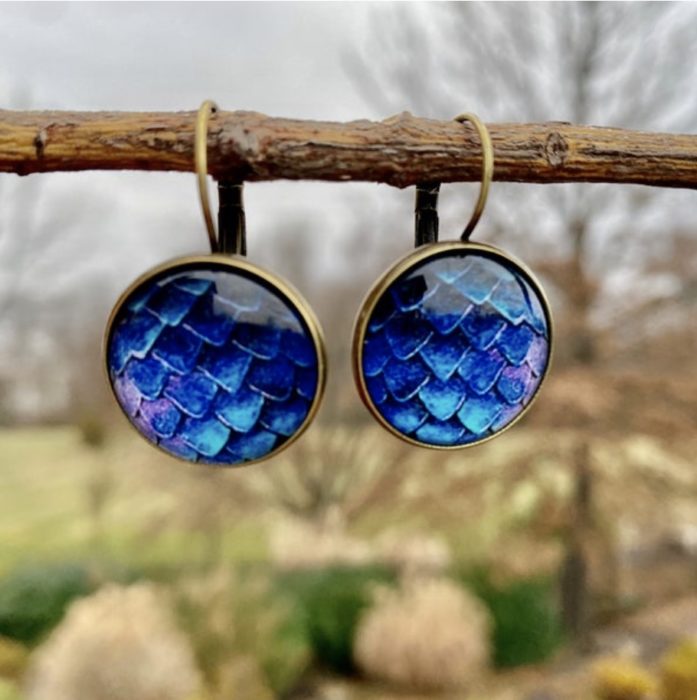The following is an excerpt from MedPage Today.
Science communication starts with investigators, who should take great care to ensure they report their work accurately and without embellishment, according to a former editor-in-chief of JAMA.
That means avoiding hype and spin, acknowledging limitations, and being circumspect about their findings, said Howard Bauchner, MD, of Boston University School of Medicine, and Frederick Rivara, MD, MPH, of the University of Washington in Seattle, in a commentary in The Lancet.
“Most investigators want the results of their studies to be communicated accurately, but they too have their biases,” they noted.
“I think it’s really up to the scientific community to do a better job about the transparency of how we report information,” Bauchner said in an interview with MedPage Today.
Bauchner resigned from JAMA and the JAMA Network in June 2021, following controversy around a podcast on structural racism in medicine.
He honed his expertise in clinical trials and academic publishing at the helm of the publication for about a decade. Rivara is currently the editor-in-chief of JAMA Network Open.
A key concept that authors should use more frequently is the number needed to treat (NNT), he said, for both randomized controlled trials and for some types of observational studies.
“When we say to the public a study is significant, I think most people think that everyone is going to benefit from the drug, and that couldn’t be further from the truth,” Bauchner explained.
Many studies can have NNTs of 10 to 40, he said, but even the low end of that spectrum doesn’t translate to stellar clinical performance.
“That actually means that nine people will not benefit from the drug,” he said of a study with an NNT of 10.
“I think if I stayed at JAMA a little longer,” he added, “I would have just insisted that every randomized clinical trial comes with a number needed to treat.”
One of the changes he did push for while at JAMA was aimed at mitigating “spin,” by listing the total number of secondary outcomes that a trial set out to explore.
More frequently, trialists have been registering more than 10 secondary outcomes, but typically only reporting two or three of them, he noted.
“One of the concerns is that the investigators are choosing the secondary outcomes that they’re most interested in or were statistically significantly different, so that that could be an element of spin,” he added.
Investigators also have an obligation to look at press releases that their institutions issue about their work, he noted. They should focus on absolute differences rather than just relative differences, and be sure that causal language isn’t used inappropriately.
Researchers asked to comment on such press releases should be “incredibly careful” about doing so, he stressed.
Just as the media is careful to report that meeting abstracts or preprints haven’t been peer reviewed, researchers may want to make it clear that their comments are preliminary and based only on the information or data that are available, he advised.
In the age of misinformation and disinformation, it’s on researchers to help ensure their work is interpreted accurately and truthfully, he said.
Read complete article here.

The Lemonade Mermaid Store
Unique gifts for Land or Sea Mermaids, Mer-pets and Little Mermaids!
Left: Our signature Blue Fins Earrings







